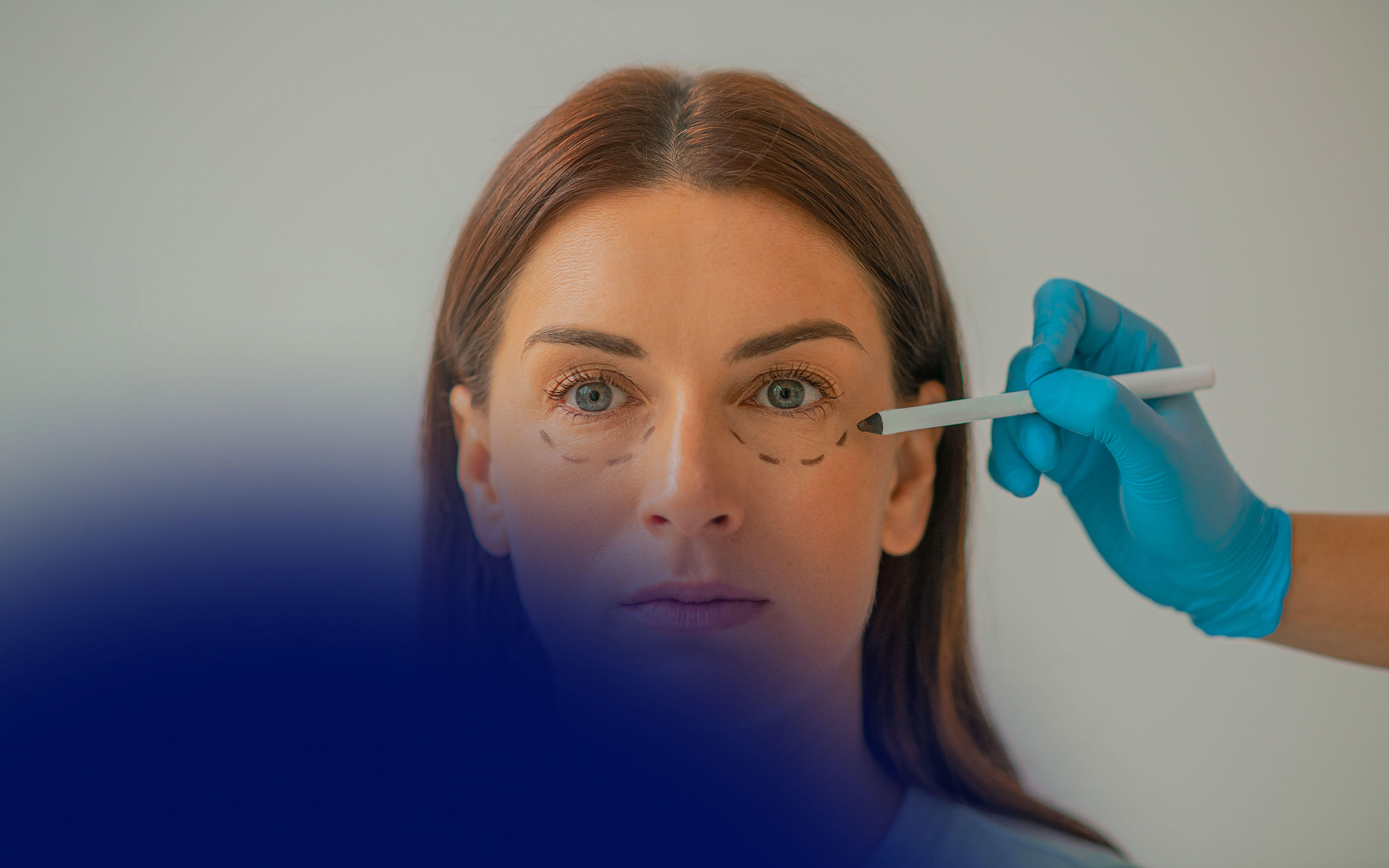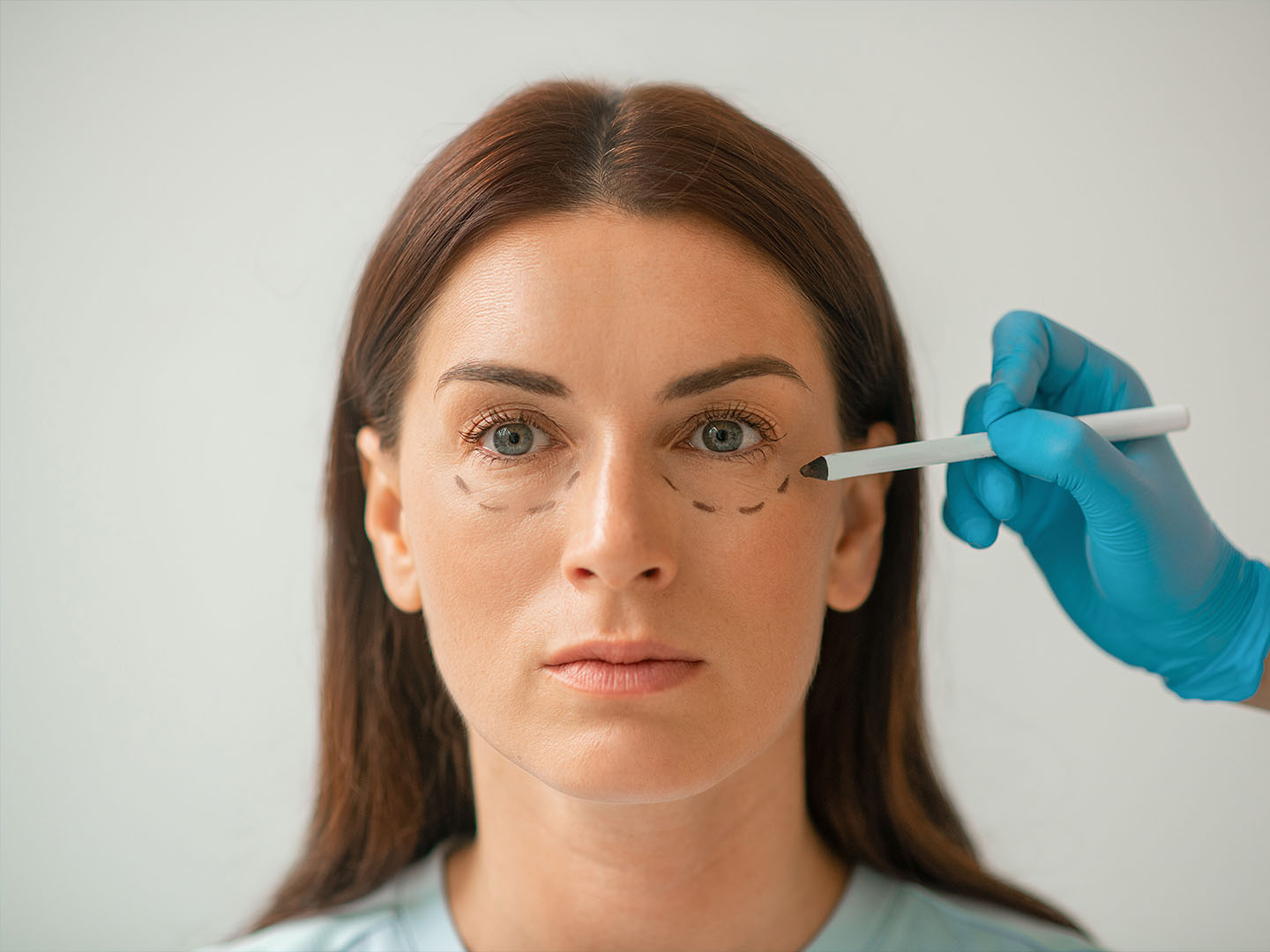
Under-eye filler treatments are among the most technically demanding and detail-sensitive procedures in aesthetic practice, requiring a balance of anatomical understanding, product knowledge, and technical precision.
However, mastering the tear trough region requires extensive knowledge and practical skills. Dedicated resources like tear trough filler training and hands-on medical aesthetics courses support clinicians in refining both technique and patient outcomes.
Clinical Perspectives on Under-Eye Filler Before and After Results
The under-eye area is often the first to show fatigue or aging, and because of this, it requires a more conservative approach. Under-eye filler before and after results should demonstrate smooth contouring, minimal swelling, and natural integration with the midface area.
Achieving this requires an injector to carefully navigate the region’s complex anatomy, restoring volume in a way that remains undetectable and refined. The challenge lies in respecting infraorbital anatomy, an area where minor misjudgments can lead to visible imperfections. This is where advanced injector training and sound clinical judgment become critical.
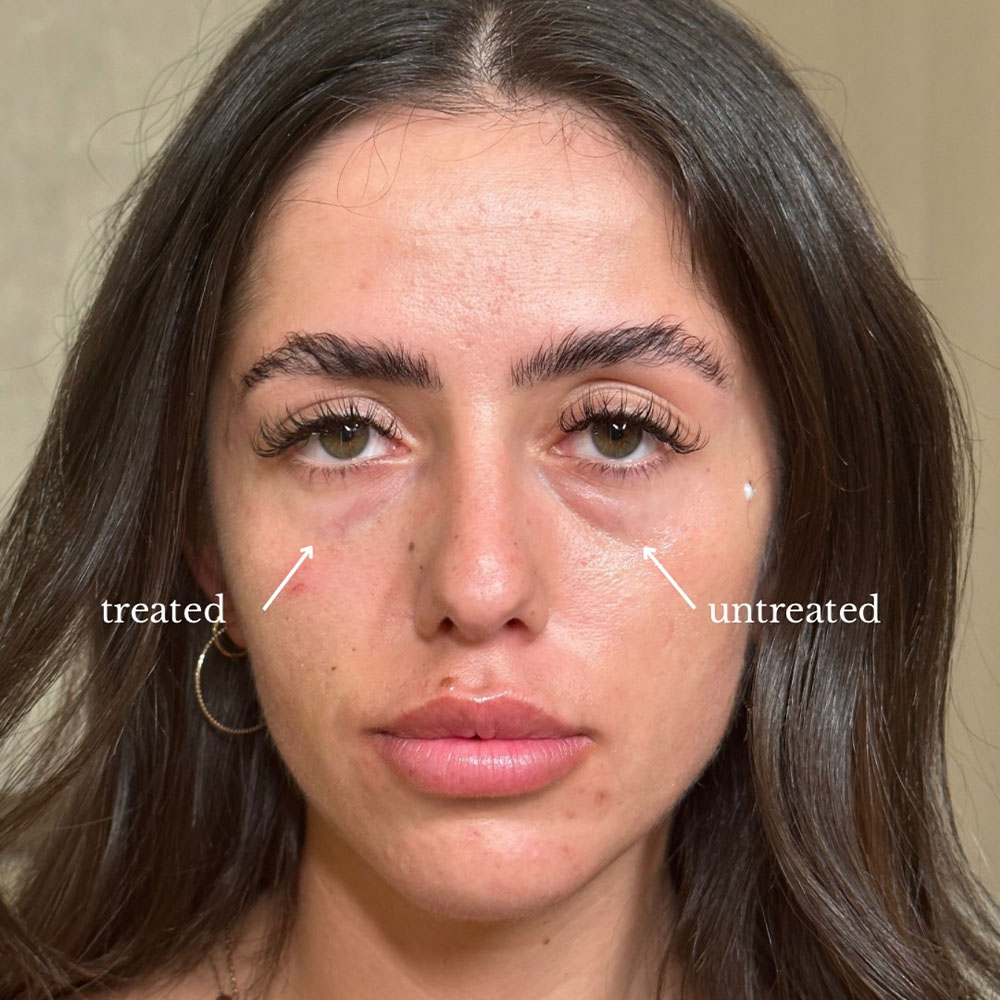
When Is Under-Eye Filler Appropriate?
Under-eye fillers are suitable for a specific set of cosmetic concerns and patient profiles. Here are common indicators that a patient may benefit from this procedure:
- Tear trough depressions: A visible hollow or groove beneath the lower eyelid that gives the appearance of fatigue or aging.
- Dark circles not caused by pigment: Shadows caused by volume loss or anatomical hollows can be improved with filler, unlike pigmentation, which requires different interventions.
- Mild to moderate eye bags: When puffiness is minor and not caused by severe fat herniation, fillers can help create a smoother contour between the lower lid and cheek.
- Age-related volume loss: Patients who have lost midface volume with age may see indirect improvement in the under-eye area after filler treatment.
- Younger patients with genetic hollowness: Even in their 20s or 30s, some patients have naturally deep tear troughs that respond well to conservative filler use.
- No major skin laxity or edema: Ideal candidates have relatively firm skin and no history of chronic under-eye puffiness or fluid retention.
- Surgical referral not indicated: Patients not suitable for or not ready to undergo lower blepharoplasty can benefit from non-surgical correction.
What Filler Types Are Suitable for the Under-Eye Area?
The best under-eye fillers have specific rheological properties: low viscosity, low hydrophilicity, and smooth integration, to minimize risks and optimize outcomes. Among some of the most commonly used dermal products are:
- Restylane: A versatile HA filler known for its smooth gel consistency and minimal swelling. Often used in the tear trough due to its safety profile and natural-looking results. VOD courses from HubMed Ed, such as the Tear Trough Treatment with Restylane, offer expert-led demonstrations and clinical strategies for optimizing outcomes with this product.
- Teosyal Redensity II: Specifically formulated for the under-eye area, this filler contains a blend of HA and amino acids, offering hydration, brightness, and volume restoration.
- Belotero Balance: Designed for superficial placement with minimal risk of contour irregularities. Its soft formulation integrates well into delicate under-eye tissue.
- Juvederm Volbella: A low-viscosity HA filler suitable for subtle corrections under the eyes. It offers a smooth texture and reduced risk of puffiness. This product is frequently highlighted in Juvederm under eyes resources for its targeted performance in tear trough treatments.
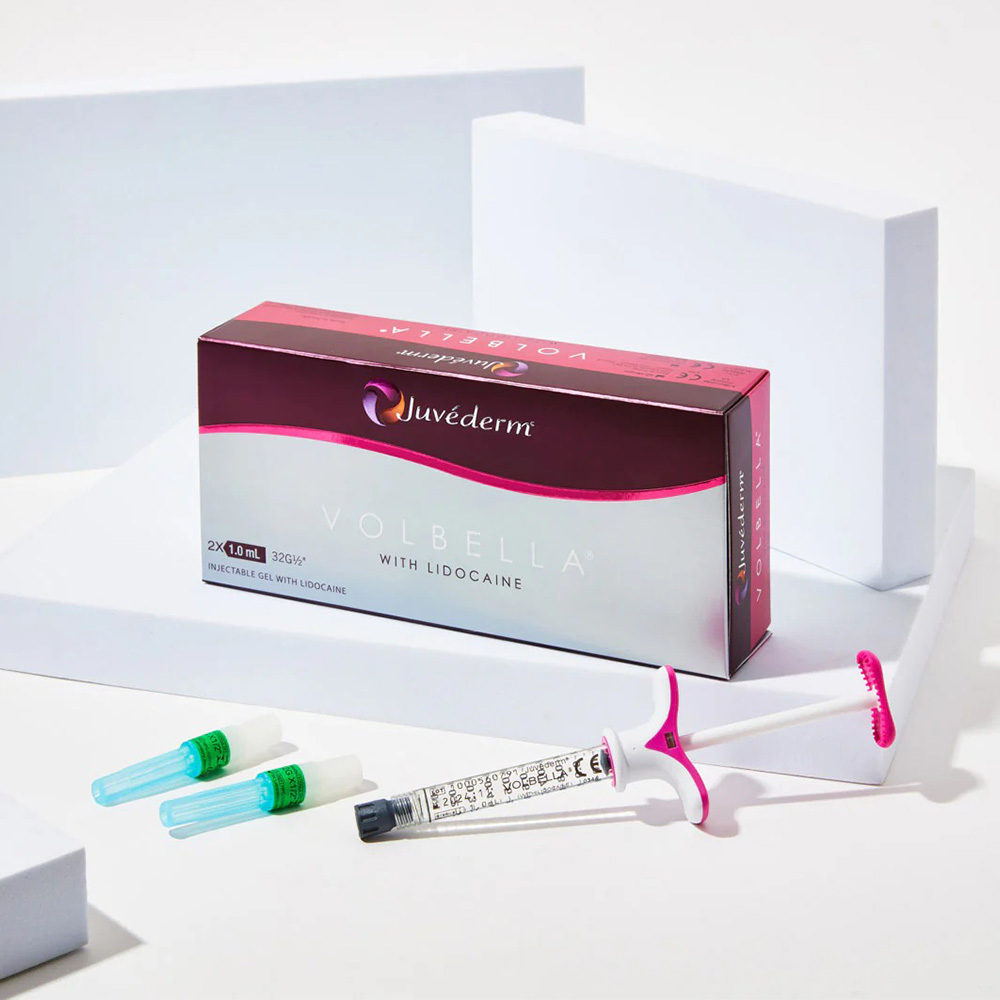
Injection Techniques for Under-Eye Filler: Choosing the Right Approach
Choosing the appropriate technique for under-eye filler placement is critical to safety, comfort, and aesthetic outcome. Here are the main approaches used in clinical practice:
- Cannula injection: A minimally invasive option that reduces the risk of bruising and vascular injury. Preferred for patients with fragile skin or complex anatomy.
- Needle injection: Allows for high precision in experienced hands, especially when targeting small compartments. Best suited for very localized corrections.
- Linear threading: Involves placing the filler in a continuous line along the tear trough. Offers even distribution and smooth contouring.
- Micro-bolusing: Small, controlled filler deposits in targeted areas to address asymmetry or subtle depressions.
- Fanning technique: A fan-like injection pattern to spread product across a broader area, useful for blending the lid-cheek junction.
- Dual-plane technique: Combines deep and superficial placement to restore structure while refining surface contour.
Mastering precision in the tear trough area requires hands-on strategy and finesse. VOD courses like Advanced Tear Trough Injection Techniques and Mid-Face Volume & Eyebag Restoration guide injectors through advanced placement methods, product layering, and blending techniques for optimal infraorbital results.
Under Eye Filler vs Botox
While under-eye filler corrects volume-related shadows, Botox (botulinum toxin) can relax orbicularis oculi contractions contributing to dynamic wrinkles or accentuated hollows. Insights from the Facial Rejuvenation After Weight Loss: Volumetric Lifting – Temples & Tear Trough course highlight the synergistic benefits of combining neuromodulators and fillers for comprehensive infraorbital rejuvenation. The combination enhances infraorbital smoothness and overall facial harmony.
Injectors should evaluate whether the patient’s concern stems more from volume loss or muscle overactivity. In many cases, combining Botox for under-eye bags with filler can yield balanced, comprehensive results.
Evaluating Aesthetic Outcomes
Assessing under-eye filler before and after results requires attention to symmetry, subtlety, and patient satisfaction. Here are key markers of a successful aesthetic outcome:
- Softened tear trough: The indentation between the lower eyelid and cheek should appear more shallow, reducing the tired or aged appearance.
- Improved under-eye shadows: Filler should decrease the visibility of dark circles caused by shadowing, though it won’t resolve pigmentation issues.
- Natural transitions: A smooth contour from the lower eyelid to the cheek without abrupt demarcation lines is a hallmark of quality filler work.
- Maintained facial expression: Results should look natural under both neutral and smiling conditions, with no stiffness or bulging.
- Minimal surface irregularities: No visible lumps, bluish discoloration (Tyndall effect), or textural inconsistencies should be present.
- Patient-reported satisfaction: Aesthetic success also relies on the patient feeling refreshed and confident, not overcorrected.
Setting realistic expectations is essential, as complete erasure of hollowness or darkness may not always be possible, particularly when skin pigmentation or vascular show-through are involved.
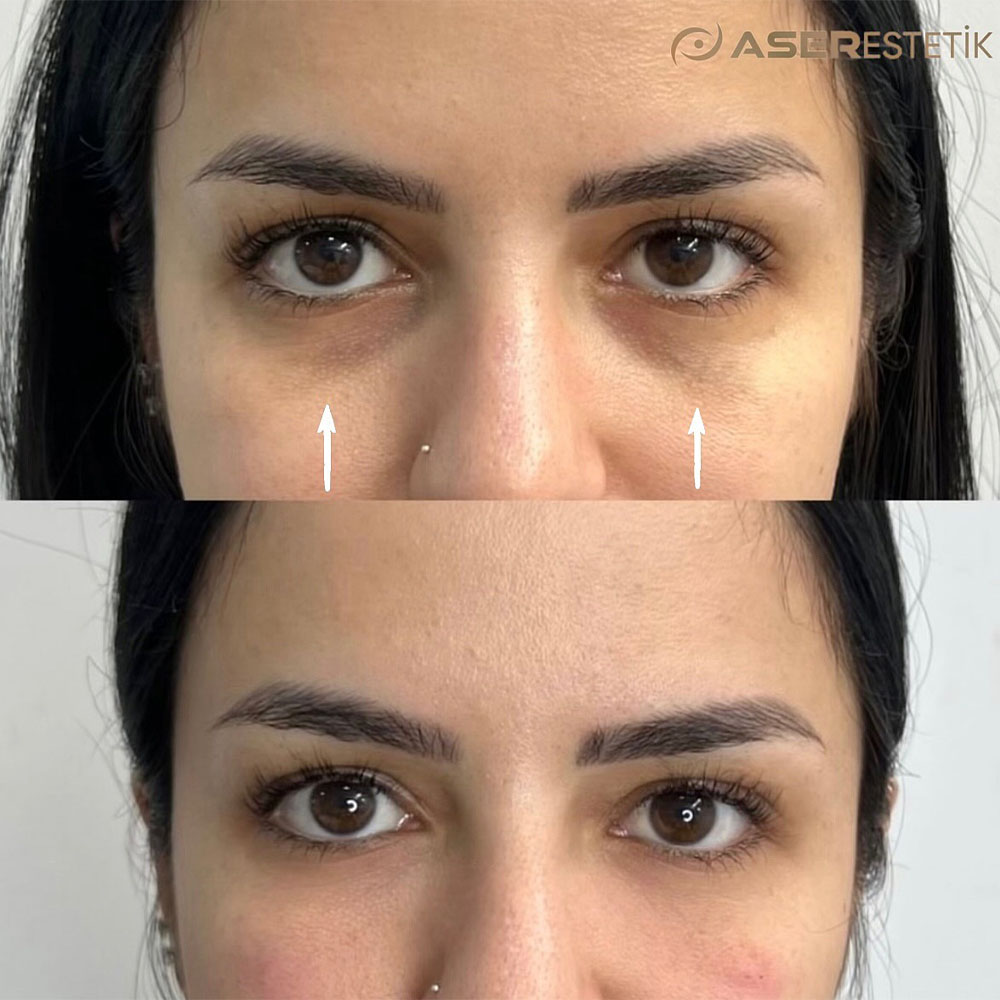
How Long Do Under-Eye Fillers Last?
Longevity varies but typically ranges from 6-12 months. Factors such as the product used, injection depth, individual metabolism, and midface volume play a critical role in duration.
Fillers in this area tend to last longer than in dynamic facial zones. Regular follow-up appointments are key to assessing touch-up needs and maintaining symmetry.
Potential Complications and Emergency Risks
Complications may include edema, bruising, the Tyndall effect (bluish tint), contour irregularities, or rarely, vascular occlusion. These risks underline the importance of advanced injector training and patient selection.
Clinicians must know how to manage under-eye fillers gone wrong and have hyaluronidase on hand to dissolve filler if needed. Prompt recognition of adverse events is vital to avoid long-term issues.
In Conclusion
Under-eye filler before and after results require a delicate blend of anatomical expertise, product knowledge, and injector finesse. Subtle outcomes are often the most powerful, and achieving them depends on continuous learning.
Explore video courses and product-specific training modules from the HubMed Ed educational platform to refine your skills. Keep in mind that a nuanced and layered approach leads to superior results.
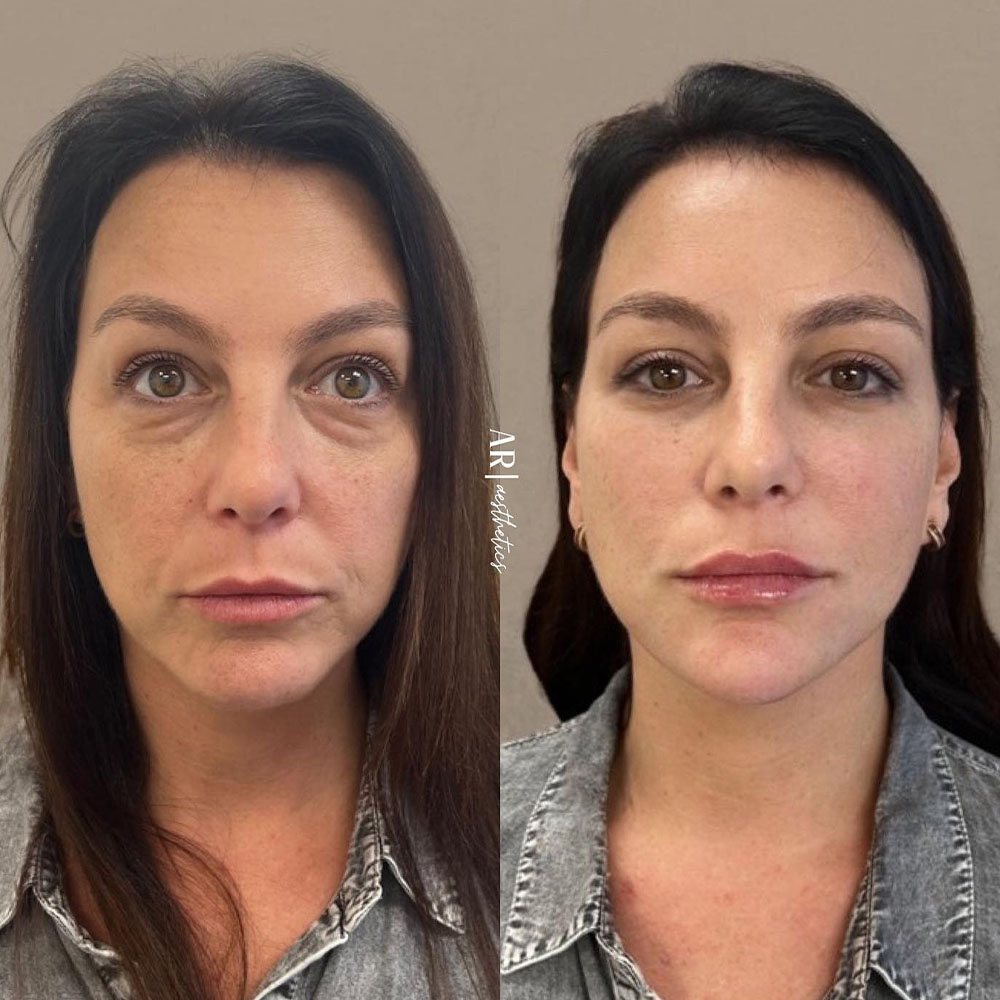
FAQs
What are the don’ts of under-eye fillers?
Avoid overfilling, injecting superficially, or using high-density fillers. Always assess for contraindications like chronic edema or significant skin laxity.
What is the best age to get under-eye fillers?
There’s no ideal age, but most patients seeking under-eye rejuvenation are in their late 20s to 40s. It’s best based on anatomical need, not age alone.
Who is not a candidate for under-eye fillers?
Patients with significant eye bags, poor lymphatic drainage, or very thin skin may not be good candidates. A surgical referral may be more appropriate.
What happens if you stop getting under-eye fillers?
The treated area gradually reverts to its pre-filler state as the product is metabolized. There’s no sudden collapse, just a natural fading of results.
What happens when fillers wear off?
As fillers dissolve, the volume slowly reduces. Most patients will notice a gradual return of under-eye shadows or hollowness, depending on their anatomy.
Is it worth getting under-eye fillers?
For many patients, yes, especially when performed by skilled professionals. Results can be subtle yet transformative, helping patients look more refreshed and awake.
References:
- Gorbea E, Kidwai S, Rosenberg J. Nonsurgical tear trough volumization: A systematic review of patient satisfaction. Aesthet Surg J. 2021;41(8):NP1053-NP1060. doi:10.1093/asj/sjab116. https://academic.oup.com/asj/article/41/8/NP1053/6159786
- Kato K, Kajiwara T, Furuyama N, Liew S. Filler-based correction of tear trough depressions and eye bags in Japanese patients: A classification system and treatment algorithm. J Cosmet Dermatol. Published online October 8, 2022. doi:10.1111/jocd.15449. https://onlinelibrary.wiley.com/doi/10.1111/jocd.15449
- Wilde CL, Gupta A, Lee S, Ezra DG. Tear trough filler using the three-point tangent technique: Lessons from 1452 tear trough applications. Plast Reconstr Surg Glob Open. 2023;11(6):e5060. doi:10.1097/GOX.0000000000005060. https://journals.lww.com/prsgo/fulltext/2023/06000/tear_trough_filler_using_the_three_point_tangent.12.aspx
- Liu Q, Guo L, Zhu Y, Song B, Zeng X, Liang Z, Liu J, Song B. Prospective comparative clinical study: Efficacy evaluation of collagen combined with hyaluronic acid injections for tear trough deformity. J Cosmet Dermatol. Published online February 1, 2024. doi:10.1111/jocd.16211. https://onlinelibrary.wiley.com/doi/10.1111/jocd.16211
Disclaimer:
This article is intended for licensed medical professionals. All protocols, dosages, and treatment insights referenced herein are based on published literature. The content is not intended to encourage application, diagnosis, or self-treatment of unlicensed individuals, and should not be used as a substitute for the clinical judgment of a qualified healthcare provider.
Disclaimer:
This article is intended for licensed medical professionals. All protocols, dosages, and treatment insights referenced herein are based on published literature. The content is not intended to encourage application, diagnosis, or self-treatment of unlicensed individuals, and should not be used as a substitute for the clinical judgment of a qualified healthcare provider.
